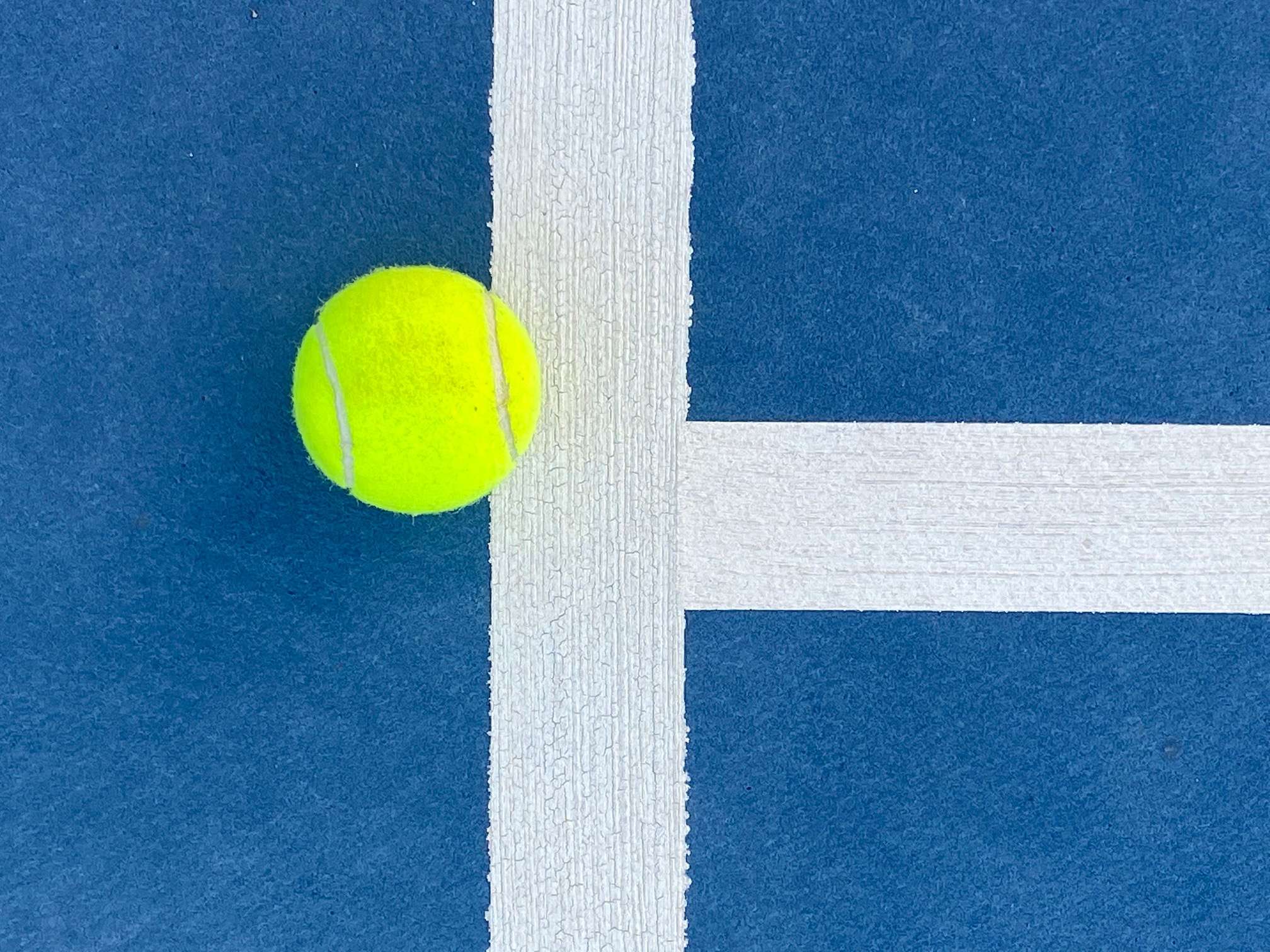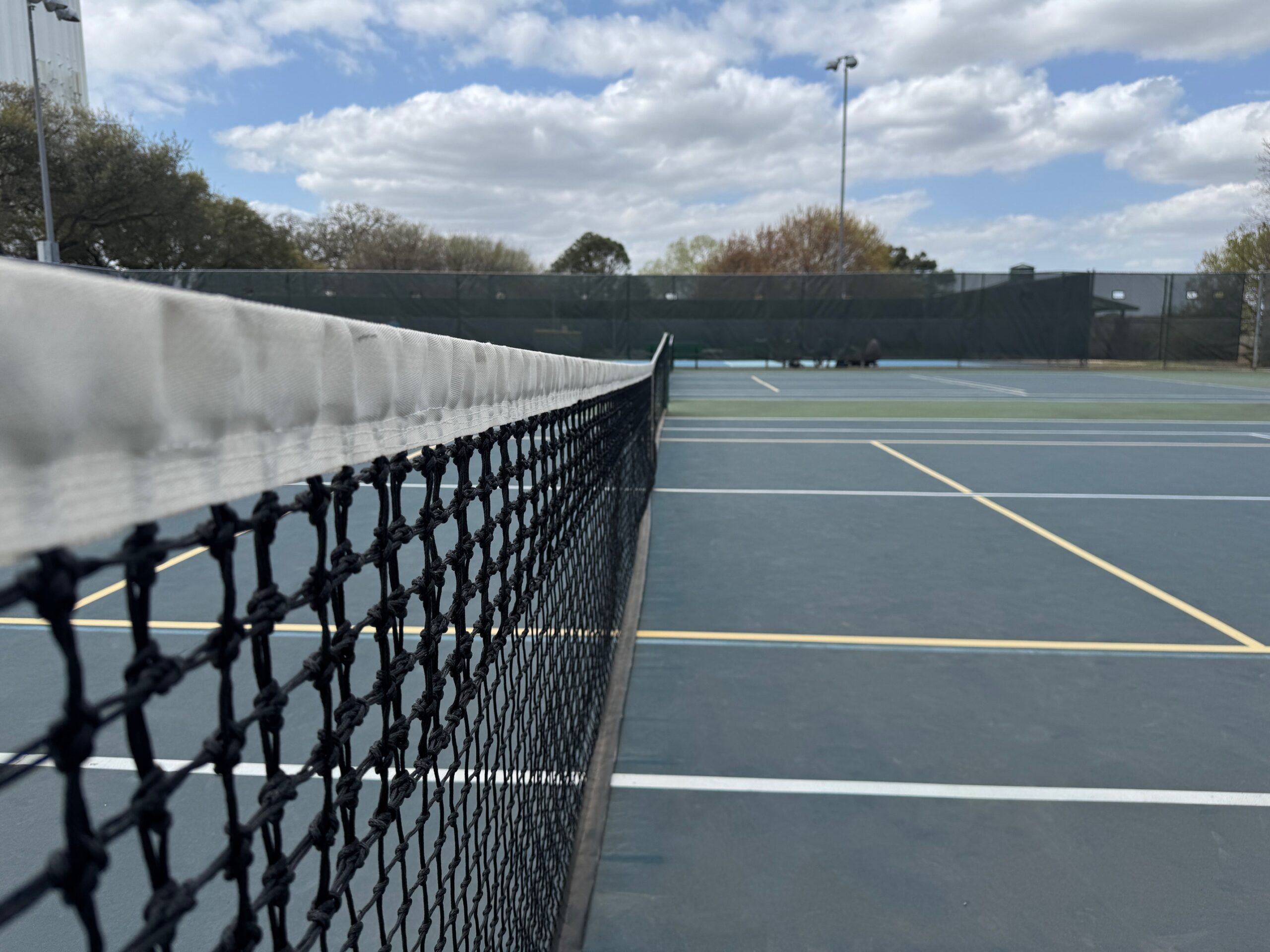People choose to play tennis for a wide variety of reasons. Some enjoy the sport as a fun way to stay active and improve their physical fitness. Others may be primarily motivated by the competitive aspects and the challenge of refining their skills. Tennis also offers social benefits, providing opportunities to connect with friends, meet new people, and be part of a community. There is no singular correct way to engage with the sport, nor is there any incorrect way to do it either.
I am a big believer that tournaments are an essential mechanism for fostering a healthy competitive tennis ecosystem at all levels. That doesn’t mean that all players should be expected to regularly play in tournaments. However, that form of tennis engagement should be readily available to those who want or need that competitive outlet.
My commitment to that idea has led me to volunteer on my Section’s Adult Competitive Committee, which oversees tournament play. In the coming year, our primary goals specifically focus on increasing participation for entry-level and highly rated players. Those tail ends of the mastery bell curve are critical for building and retaining tournament participation. Attracting new players is essential to drive growth in tournaments, and tournament play at higher competitive levels is necesarry for retaining players who outperform what USTA League supports.
During one of our recent committee meetings, one of our members used a descriptive term that I absolutely love. “Point-chasers” is an intuitive description of tennis players who are highly motivated by the opportunity to accumulate ranking points. Just as Willie Sutton once famously said that he robbed banks because “that is where the money is,” point-chasers will select and prioritize their tournament play based on the amount of ranking points that can be potentially earned at the event. If asked why they enter some tournaments and skip others, the answer will invariably be rankings point-focused.
Some tennis purists who regard competitive match play as the “best” motivation for playing tennis may use point-chasers as a derisive term. Similarly, tournament directors may become frustrated that many players snub Level 6 and 7 events because the opportunity to earn ranking points simply isn’t worth their time. However, it is important to understand that point-chasers are acting in their own rational self-interest by managing their play in that way. They are responding appropriately and as expected to the tournament incentive system placed before them by the USTA. If point chasing is wrong (and to be clear, I don’t think it is), then the problem is how the USTA has structured the tournament ranking system rather than with the players.
USTA tournaments for both NTRP and age-based open divisions use a cumulative ranking point system. Per the current USTA regulations, a player’s top 6 tournament performances contribute to their ranking in each division. Level 1 tournaments earn the most points, and Level 7 tournaments are worth the least. The framework is intended to incentivize players to compete in a lot of tournaments.
One of the benefits of a cumulative ranking point system is encouraging a lot of tournament play. Since up to six tournaments are counted in the rankings, a player intent on maximizing their standing will want to play at least that many events. That is just shy of 12% of the available weeks/weekends on the calendar. It’s a lot of tennis. Additionally, if a player wants to compete in both NTRP and age-based divisions, the lack of overlap would create the need to dedicate 25% of their time to playing tournaments. It’s a lot.
One of the drawbacks of a cumulative ranking point system is that it favors players who have the time and resources to travel to a lot of tournaments. An age group player who can travel to all four Level 1 tournaments enjoys a significant ranking point advantage over those who cannot make that financial or life commitment. As a point of reference, a player who reaches the Feed In Consolation (FIC) round of 16 at a Level 1 tournament will earn 450 ranking points. That is the equivalent to winning a Level 6 tournament outright. It is an unfortunate reality that cumulative ranking point systems at every level favor wealthy elites with copious leisure time flexibility.
Another annoying scenario is that ranking anomalies can be created between players with a lot of head-to-head match play. For example, let’s say that Sally and Sue played against each other 4 times at a Level 7 tournament in their hometown, and Sally easily won every one of those matches. However, Sue has the resources and time to travel to four Level 1 tournaments and manages to win a match at each one. Despite the lopsided head-to-head match results, Sue will be ranked significantly higher than Sally. That gives a lot of highly competitive players heartburn.
This is where dynamic ratings systems, such as the WTN, come in. In our Sally and Sue scenario, Sally will have a higher rating as she is clearly the stronger player, as evidenced by the head-to-head match results. In years past, the USTA has used a dynamic ratings algorithm to rank players. It was the way rankings were calculated throughout my junior playing days. However, the drawback of the ratings point system is that players can be penalized for playing more if their performance level takes a dip. When a dynamic rating system is used, players are sometimes incentivized to play less to avoid potentially hurting their ranking. These contrasting systems are a textbook example of the trade-offs that have to be made when designing incentive systems for tennis players.
Because I am a rational person with some fairly daunting time constraints, I am openly and unabashedly a points-chaser. While I can’t play in as many tournaments as I want, each playing decision is heavily influenced by the potential to earn ranking points. However, that is not the only thing that motivates me and others within the tennis competitive framework. We will take a look at those factors tomorrow to round out the weekend.
- USTA Adult and Family Tournament, Ranking, & Sanctioning Regulations, USTA Regulation, as amended March 14, 2023.
- 2024 USTA Adult Tournaments Ranking System, USTA hosted document, undated, but marked as effective January 1, 2024.



